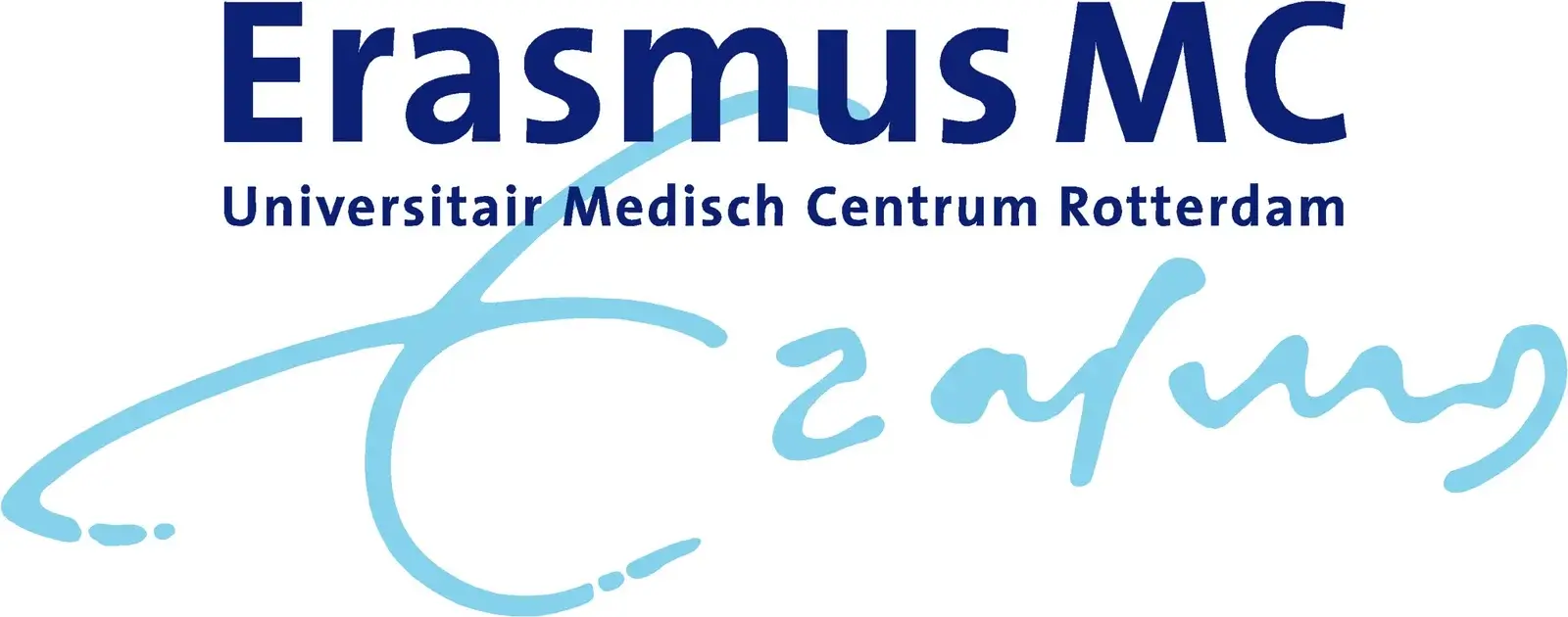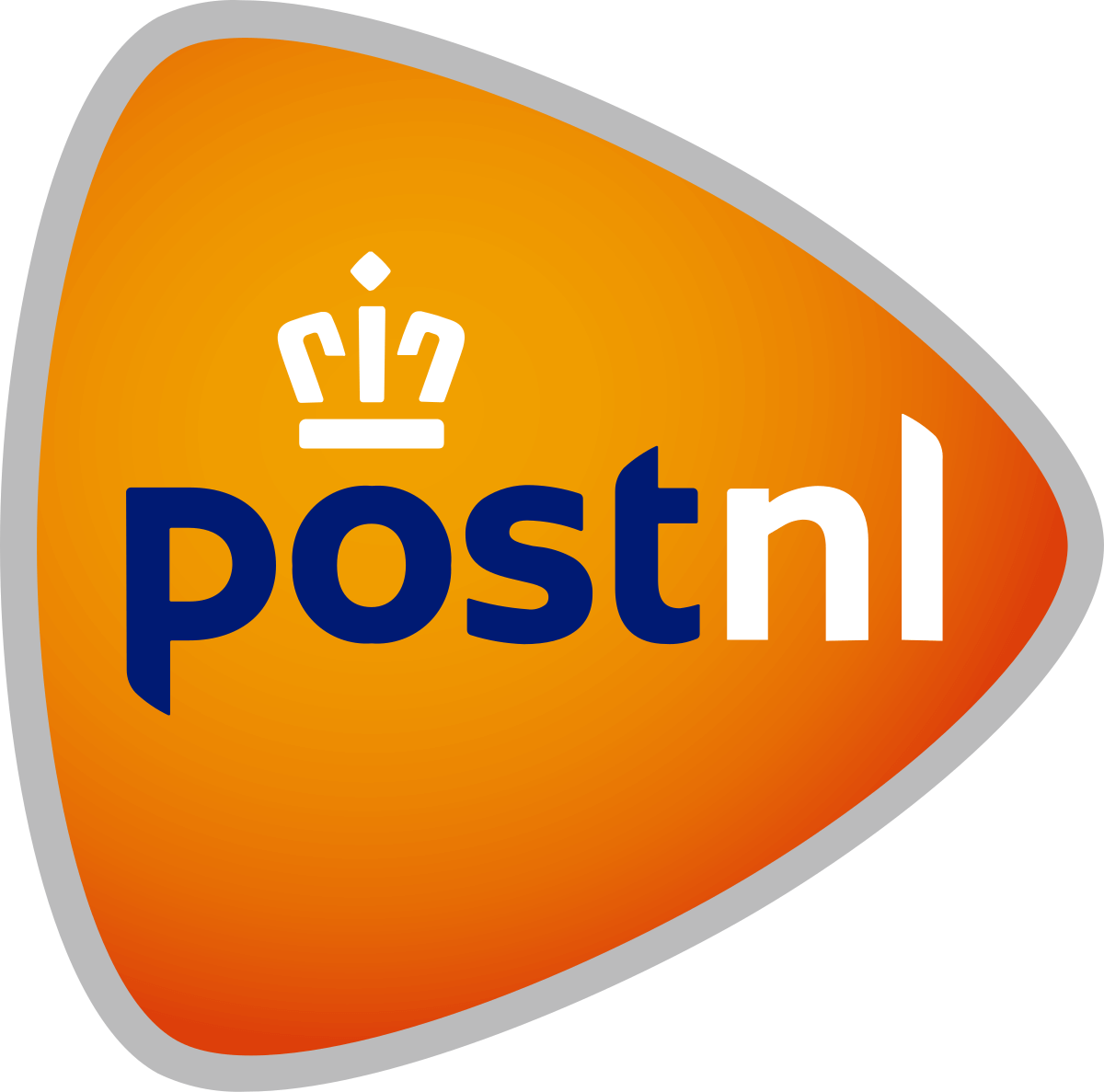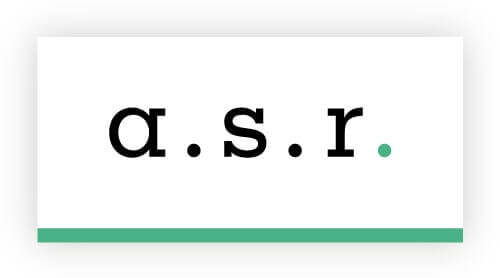“Hurry up and do the things that are not urgent, so that you have time enough for the really urgent things.” This Chinese wisdom says a lot about the way we allocate our time. In our society, we like to work efficiently. Waiting has no place in this. It is a waste of time, it often costs money and, last but not least, it causes inconvenience. For example waiting for a house or being on the waiting list for a certain treatment in a hospital. As a healthcare institution, you want to do everything possible to keep waiting lists as small as possible. Or better yet, to get rid of them completely. But how do you do that? Where can ‘gains’ be made so patients do not have to wait as long? In other words: how do you, as a healthcare institution, optimally gear your internal processes to the timing of the patient?
Waiting lists in healthcare
Waiting is not something we like to do. Waiting is also an annoying side effect in healthcare. Because as soon as you need care, it’s often important for something to happen. Starting treatment, making a diagnosis or being admitted. And preferably as soon as possible, because waiting sometimes means that the ailment worsens or the discomfort increases. Unfortunately, we have to deal with waiting lists in healthcare. This is not a recent phenomenon. The global corona crisis has actually increased waiting times for non-COVID treatments in many hospitals over the past year.
Types of waiting times
There are two types of waiting times which are often distinguished in healthcare:
- The application waiting time. This is the waiting time between the moment of registration and the first intake interview.
- The treatment waiting time. This is the waiting time between the intake interview and the first moment of treatment.
The ‘waiting time for social support’ is also sometimes mentioned separately. This is the average number of weeks between the decision by the municipality and the start of care.
Both care providers and clients are of course inconvenienced by waiting times and would prefer everyone to be helped and possibly treated quickly and efficiently. On the other hand, we still see that some patients do not show up for an appointment at a healthcare facility. For whatever reason. These ‘no-shows’ obviously do not help the waiting lists. Staff that is ready, rooms that are reserved, schedules that are made. It’s all for nothing if the client or patient doesn’t turn up, or doesn’t turn up on time.
Causes of no-shows
From the patient’s or client’s perspective, there are all kinds of possible reasons for not showing up at a doctor’s appointment. For example:
- The complaints have disappeared
- The client has become ill or has died
- There is no transport
- The client is already admitted to the care facility (or admitted elsewhere)
- No possibility to arrange care for the children
- The client does not come because of the (bad) weather conditions
It is not easy for the care facility to proactively change this. However, there are also causes of non-attendance for appointments that you, as a healthcare provider, can influence.
No-shows’ that can be prevented
Let’s take a look at other causes of no-shows. Reasons that you, as a healthcare provider, might be able to remove, so that the number of ‘no-shows’ decreases. Consider, for example, one of these reasons:
- Impatience: there is a long wait on site (in the waiting room or at a consultation) and the client has run away
- Forgotten: the appointment has been postponed because of workload, sometimes because it was scheduled a long time ago.
- Other priority: something has come up and the client does not recognise the importance of cancelling
- Fear: The client is afraid
- Change of mind: the patient switched to another hospital on his/her own initiative
- Money: the client expects to pay for the appointment himself due to his own risk.
The crucial question for healthcare institutions: how do you prevent these ‘no-shows’? If possible, with as little extra cost or effort as possible.
Less no-shows with SMS
Most of the reasons above are easy to prevent. For example, by sending an automated SMS appointment confirmation and appointment reminder. Two SMS messages can make the difference between coming or not. With an appointment reminder on your phone, the chance of forgetting an appointment becomes really small. A message from the healthcare institution or department can also lower the threshold for a patient. It is reassuring to know that you are expected at a certain time at a certain location. And if the patient is unable or unwilling to come, the appointment is more likely to be cancelled or rescheduled. Because the patient understands the importance of cancelling in time. An SMS message therefore ensures communication and communication ensures connection.
And by reducing the number of ‘no-shows’, there are fewer shifts in the planning, resulting in a better flow of patients. All this together ensures that waiting lists are smaller, due to a more efficient flow.
SMS message has major effect
Practice has proven it: sending an SMS to patients works much better than any other way. “Shall I write it down on a note for you?” Chances are it will end up in a wallet and never be found again. Email confirmation doesn’t work the way you’d like either. If the appointment confirmation doesn’t end up in a spam box, chances are it will be snowed under with all the other emails. And thus ‘disappears’ unopened from the message page. “You can also save the appointment directly to your phone.” Certainly, also a possibility. But in which diary: the family diary, personal diary, business diary? In short, there are many ways to confirm an appointment. Yet there is only one that really works: send an SMS message as appointment confirmation and just before the appointment itself an appointment reminder. With an open rate of 96 percent within three minutes of receipt, SMS service is by far the best option.
Reduce waiting lists
You’re probably thinking: Point taken. By deploying automated SMS messages on a small and large scale, you reduce the number of ‘no-shows’. And if we look at the causes that you, as a care provider, can influence, the number of ‘no-shows’ with SMS decreases spectacularly. Yet we want to think a little further. Because the next step is of course how this reduces waiting lists for patients of your healthcare institution.
SMS ‘accompanies’ your patients
By informing your patient in an accessible, personal manner where he or she is in the care process, there will be less tendency to ‘drop out’. The result: better utilisation of treatment rooms, a better flow of patients and thus shorter waiting times and waiting lists. All thanks to a few simple messages, which are prepared in advance and sent automatically via one SMS API. As a healthcare institution, you can adjust the text of the SMS message in your dashboard. Or you can choose an example text that already fits your institution and department perfectly.
SMS API provides the ‘connection’
The only thing you need to automatically send SMS messages to your clients and patients is a simple SMS API. Spryng’s SMS API has integrations with most appointment scheduling systems used in healthcare. So chances are that your healthcare system can be linked to the SMS API without any problems. If not, Spryng will make this connection for your system. And the communication can begin!
Big Data Timing
Your clients will certainly appreciate an SMS with an appointment reminder or confirmation. Because an SMS message is personal, safe and accessible. And it almost always reaches the recipient immediately after sending. Even if there is no WiFi connection. But even if your healthcare organisation already uses SMS services, there is often still room for improvement. Because effective communication is also about the right timing. For more than 15 years now, Spryng has been working with healthcare institutions for optimal communication. Where SMS is used as an extension of your reception or appointment desk. SMS as an extra ‘work force’ you could say. Because with SMS ‘Big Data Timing’ is possible. Together with the department or healthcare organisation, Spryng looks for recurring patterns and maps them out. This way we know when we have to do something to further improve the process. Such an inventory ensures that the timing of your SMS service is always ‘on point’.
From no-show to go-show
And if we have mapped out together what works for your practice? Then SMS can also be used to, for example, reschedule appointments. And this way fills the ‘gaps’ in your appointment schedule. This means that one patient’s ‘no-show’ becomes another patient’s ‘go-show’. Because while ‘patient’ also means ‘patiently’, Spryng is anything but. Our aim is and remains to reduce waiting times and waiting lists in healthcare to zero (minutes, hours, days). Preferably today!
ISO and NEN certified
Spryng is the only SMS provider in Europe that is ISO 27001 and NEN 7510 certified. This means that the safety of your data (and that of your patients) is in good hands. Especially in healthcare this is an important fact. More information about our data security can be found here.
Do not wait any longer
Contact Spryng today for more information. Or try our SMS API with a free trial account. Create an account quickly and for free here. Prefer a free quote right away? Click here. We are also happy to answer any other questions you may have via +31 20 770 30 05 or [email protected]. We’re looking forward to your message!







